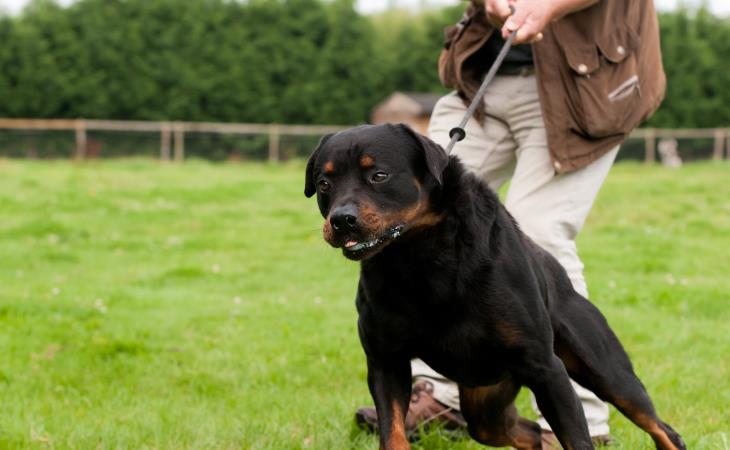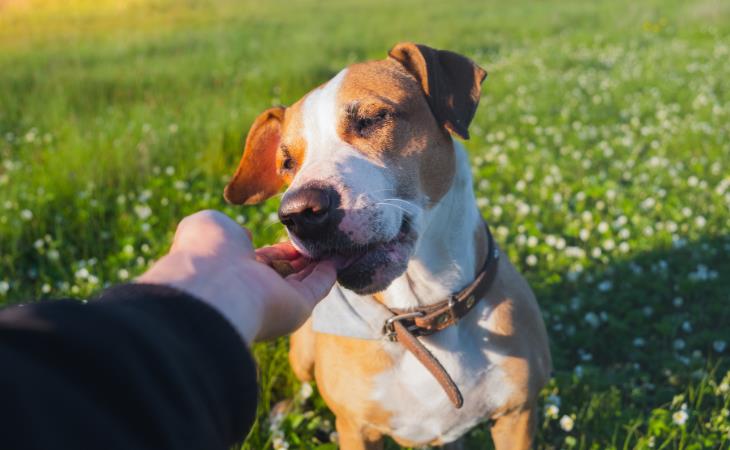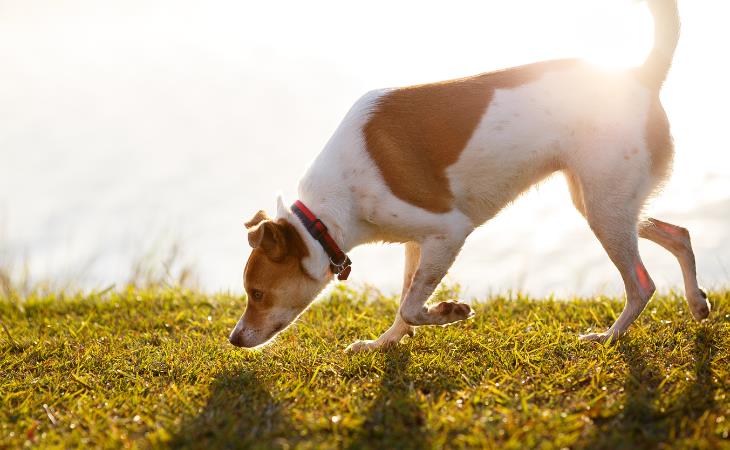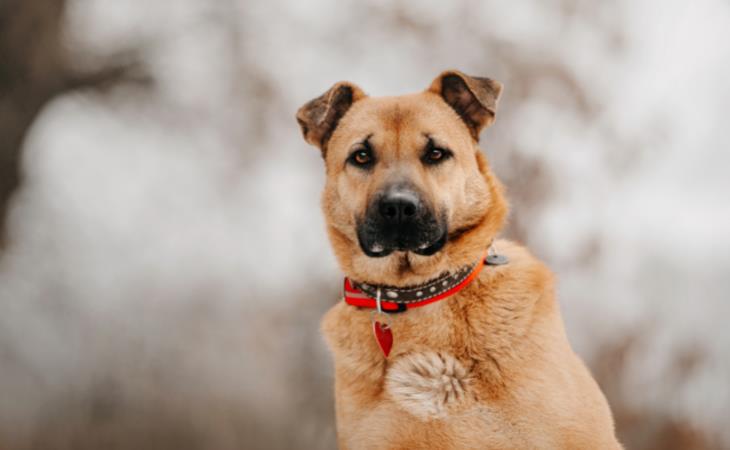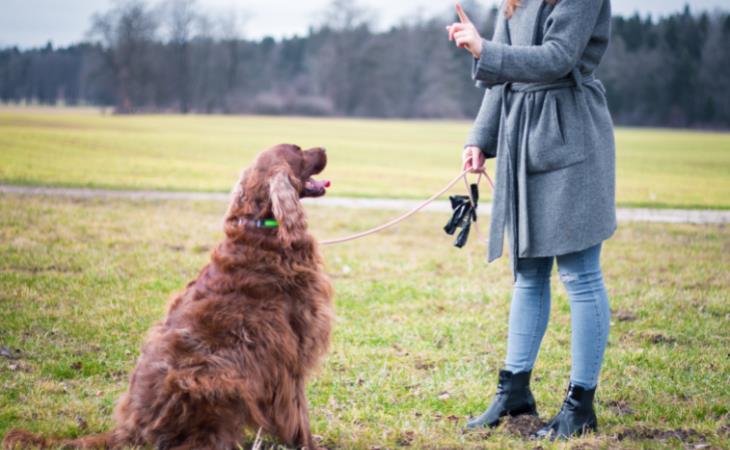Does your dog constantly pull on the leash? That isn’t uncommon. Humans walk far too slowly compared to their four-legged friends, and dogs will drag people around to follow interesting smells. When they do, many people tend to yank on the leash to pull them back. However, this rarely has the desired effect, as dogs pull to get where they were going anyway.
According to VCA Animal Hospitals, “wearing a leash and being tethered to a human is not a “natural” behavior for dogs.” When they feel pressure on their collars, many dogs will naturally “lean in” and strain forward. All that pressure on the leash is hard on their throat and can be particularly stressful for smaller dogs.
Dogs have, what is called “an opposition reflex”, which means that they have a reflex to oppose any force against them. This is why sometimes if you pull them in the opposite direction, they will stay firm and stop walking.
So what do you do? Canine experts say that you should teach your dog loose leash walking, where your dog is walking by your side and not pulling on the leash. For this, the leash should hang down in a “J” shape between you, and stop and change direction whenever your dog is ahead of you. When he turns to catch up, make sure you reward the animal with a nice treat and some praise.
Also, only allow your dog to walk when the leash is loose. A loose leash will remove pressure from the dog's neck while also preventing you from triggering the opposition reflex. Watch the video above to properly teach your dog loose leash walking.
2. Use dog treats for good behaviors
Always have some treats on hand when you are walking your dog, and use them only to reward good behaviors. For example, if your pooch walks next to you for more than three steps, give him or her a treat. Give a treat when the dog walks nicely or when he or she is about to be distracted by that squirrel on a tree. This exercise teaches your canine friend that walking near you and keeping their focus while walking is rewarding.
3. Watch out for hot pavements
Hot pavements can be uncomfortable and damage the dog’s paws. During the summer months, especially, make sure to place your bare hands on the pavement for 5 seconds before every walk. If it’s too hot or uncomfortable for you, then it surely will be too hot for your dog as well.
During a scorching summer day, you can take your dog for a walk in the grass or go to the park, where there is plenty of shade. You could also walk earlier in the morning or later in the evening to avoid the sun.
4. Use a head halter harness instead of a regular collar
If your dog continues to be a determined puller despite all your efforts, try head halters while you continue to work on their polite walking skills. These harnesses provide pressure in places that naturally make the dog want to walk slower and won’t make them feel uncomfortable.
A head halter, commonly sold as the Gentle Leader, Halti or Snoot Loop, is a great option for very strong or large dogs as well as reactive ones. Dogs being walked by children or seniors should have a head halter. This harness will give you control over the most sensitive part of your dog’s body without using much force. While it may look like a muzzle, it isn’t. The head halter slides smoothly over a dog’s nose, fastens behind its ears, and attaches to a leash below its chin. Your dog will be able to bark, eat and bite with this head collar on.
Avoid using a choke chain, slip collar, or pinch collar on your furry friend, as these can harm them in the long run.
5. Allow your dog to sniff around
While on a walk, dogs love sniffing around. Don’t discourage them from doing so. Dogs have up to 300 million scent receptors in their noses, and sniffing boosts mental stimulation and environmental awareness; it’s their way of keeping track of what’s going on in the neighborhood. That extra mental stimulation your dog gets from sniffing is really important for the dog's overall well-being. Moreover, a nice walking session with a few extra minutes to sniff around will keep them calm, focused, and well-behaved for the remainder of the walk.
When you want to give your dog a little sniff break, just loosen their leash for a few minutes and let them take in all those smells.
6. Make sure your dog is wearing proper identification
Sometimes, dogs get lost during walks. It’s therefore critical to ensure they’re wearing ID tags when they leave the house. Also, make sure the ID tags are up to date. Ideally, your pooch should have a personalized collar with your phone number.
You can also talk to your vet about getting a microchip for your dog. These microchip implants are called radio frequency identification (RFID) tags and provide a form of permanent identification. The chip is injected between the shoulder blades, and your furry buddy won't feel a thing.
If you get a microchip for your dog, remember to register your contact information with the local pet microchip registry and keep it up-to-date in case the worst happens. This will help anyone who scans your dog for a chip to get in touch with you immediately.
7. Train your dog to sit during its walks
Every time you stop at a crossing point, ask your dog to sit. Do the same every time you stop or before you let anyone pet him. This is another self-control exercise. If you keep doing it consistently, your pooch will eventually learn to start doing it on his own. For this to work, you can even reward your dog the first few times you ask him to sit. Then, start giving him treats from time to time in random order.
Share this post with other dog owners you know!

